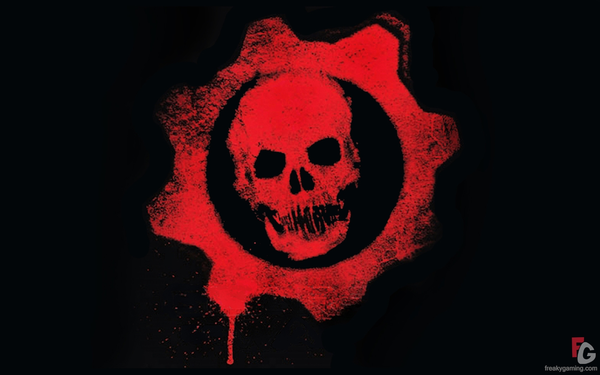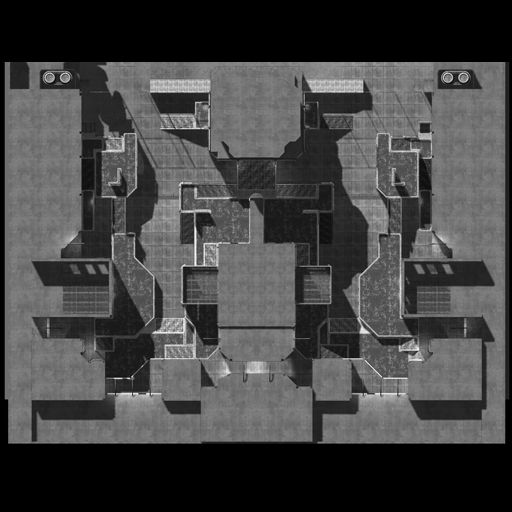
Level Design Masterpieces 3: Fish in a Barrel
Summary:
The Gears of War series has always been a personal favorite of mine; the mixture of smooth frantic combat, interesting encounters, and over-the-top violence. The first GOW game may not have invented cover based combat but it did popularize it and create arguably the most refined version of it to date. The GOW games also have really good level design, the developer, Epic games have a history of marvelous level design (Cliffy B the lead designer on GOW created some of my favorite Unreal levels but that’s a blog post for another day). In previous blog posts I have talked about using level design to teach players about the game they are playing, in this post I want to talk about another aspect of level design: testing the player. One of the most common ways to test a player is a boss fight but it can be accomplished with a combat encounter. Two combat encounters I want to talk about are from the first chapter they are: Fish in a Barrel and Hammer.
Walk through:
Fish in a Barrel:
Fish in a Barrel starts with a cut-scene where the main characters are searching the remains of a group of soldiers looking for a device. The players squad is ambushed as the cut scene ends and the player is instantly at the mercy of a group of locust with a turret. The turret is to the left of the player and due to the lack of cover a direct attack is almost impossible. There is a way to flank around and easily kill the locust and this first part is just reinforcing what the game has been teaching the player up to this point (stick to cover and flank).

The direct approach is not advised
Once the guy on the turret and his friend have been dealt with the player can jump on the turret to deal with the reinforcements. Once the player wipes out the remaining locust forces they are free to move onto the next area which gives this chapter its namesake. The player enters a courtyard with an empty fountain, they must use this as cover while they are attacked by all sides by a large locust force.

It doesn’t stay peaceful for long…
This section really acts as the first real test of the players skills, up to this point the game has only really thrown small groups of locust at the player now, they have to contend with the largest group they have encountered. The player has also been taught about e-holes (holes in the ground that the enemies come out of) and now they have four of them in the same area. There are grenades in the area so the player can close the e-holes, and while it is possible to keep fighting until the holes close on their own its very unlikely especially for a new player or someone on the highest difficulty.

Another way this area tests the player is by putting them on the defensive. Almost all of the combat up to this point in the game was at medium range with the player advancing and flanking. By putting the player on the defensive and not giving them a way to flank the enemy this area is truly a test of the players skill in combat. All of these aspects blend together to create an encounter that truly is a test of everything the player has learned.
The final aspect of this encounter I want to discuss is how an expert player can bypass this entire encounter if they know what to do. If the player times it right they can close all the e-holes before any of the locust can spawn. This allows the expert player to avoid the entire encounter which is really just a way to test new players.

Hammer:
The Chapter Hammer introduces a bunch of things to the player. Not only does the game introduce a new character (Augustus Cole who is a fan favorite in the series) it also teaches the player how to use the Hammer of Dawn. The Hammer of Dawn is a weapon that calls down an orbital laser which annihilates infantry and is the only way to kill certain large enemies. The one drawback of the weapon is it takes a few seconds to charge and it can only be used outdoors.

Seeders can only be killed with the Hammer of Dawn
The encounter I’m going to break down in near the end of the chapter where the player must fight a Seeder (a large enemy that can only be killed with the hammer). This encounter takes place in a square two story room. The second floor is where the player is confined to along with several locust soldiers and wretches. The first floor has a Seeder (a large enemy that can only be killed by the Hammer of dawn) and while this is not the first encounter with a Seeder this is the first one the player must fight with contending with other enemies.

The whole area loops around insuring that nowhere is safe for long
This area is a great test for almost everything the player has learned during this chapter. The player must not only fight the locust with guns but also the wretches at the same time, since wretches are fast moving melee attackers the player is being pushed out of cover. The Seeder also has slow moving projectile that the player can shoot down, all of this creates a encounter where the player has to understand all the enemy types and decide what to prioritize. The area the player is confined to is small and circular but there is lots of cover, there are many ways the player can flank the enemy and also get flanked.

Ranged enemies wear you down then the melee attackers finish you off
Conclusion:

You can’t show Gears footage without at least one chainsaw kill
In the years following the release of Gears of War the game would get multiple sequels and amass a huge fan base. The Gears of War series is now one of the biggest Xbox exclusives and I plan on revisiting this series again in another level design blog. The first Gears game is an awesome example of show not tell game design, the game does a good job of slowing adding layers to the combat while still constantly testing the players on what they just learned. Throw in a unique ascetic and challenging combat and its no wonder why this series is still played and talked about to this day.

























